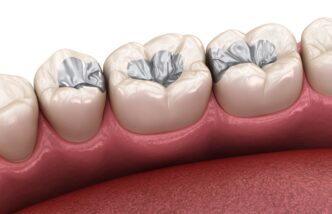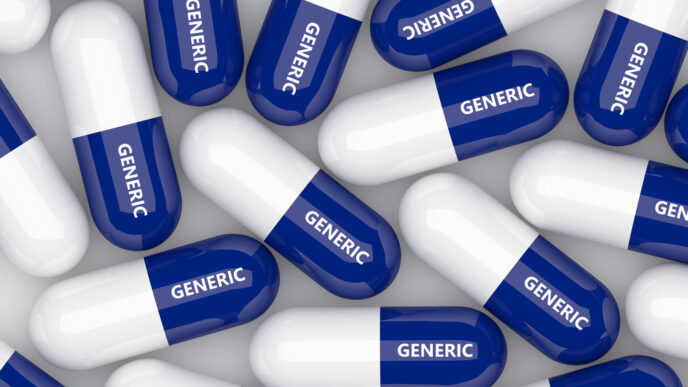For decades, the safety of dental amalgam — fillings containing mercury — has been hotly debated, sparking confusion and anxiety. Some groups blame amalgam for a host of health issues, sometimes influenced by personal or commercial interests, especially manufacturers of tooth-colored fillings. Let’s down the facts about mercury and explains why amalgam remains a trusted option in dentistry.
WORDS DR ANDREW CHAN KIENG HOCK
 FEATURED EXPERT FEATURED EXPERTDR ANDREW CHAN KIENG HOCK Dental Surgeon Klinik Pergigian Ooi Dan Rakan |
Mercury occurs naturally in the environment and can affect the brain and kidneys in high doses.
The World Health Organization (WHO) considers daily intake below 0.47 micrograms per kilogram of body weight safe.
Mercury exposure can be an occupational risk for some workers, but with proper handling and disposal, it poses negligible danger.
Studies show dentists and dental assistants show no clinical ill effects from mercury exposure, and children of dentists even have lower prenatal risks than the general population.
WHY DENTAL AMALGAM IS STILL USED TODAY
- Amalgam has been the main dental filling for over 150 years.
- It’s durable, easy to handle, cost-effective, and ideal for large cavities, molars, or areas difficult to keep dry.
- While newer tooth-colored fillings exist, they are more expensive and not always the best fit for every situation.
Despite public fears, there’s no solid evidence linking amalgam to neurological disorders, autism, Alzheimer’s disease, or other chronic diseases.
IS THE MERCURY IN AMALGAM SAFE?
Yes.
This is because the mercury in amalgam is inert or non-reactive.
Chewing can release tiny amounts of mercury vapor — averaging 5 micrograms per day — but this is far below harmful levels.
While there are some disadvantages to amalgam, they are not related to mercury:
- The grey colour can be unattractive to some people.
- Amalgam fillings don’t chemically adhere to the tooth structure — they just sit in the cavity as a solid mass — so they are not as durable as other types of fillings.
In terms of safety, durability, and affordability, however, amalgam remains a solid choice.
| This article is part of our series on health issues and advice related to oral health. |














